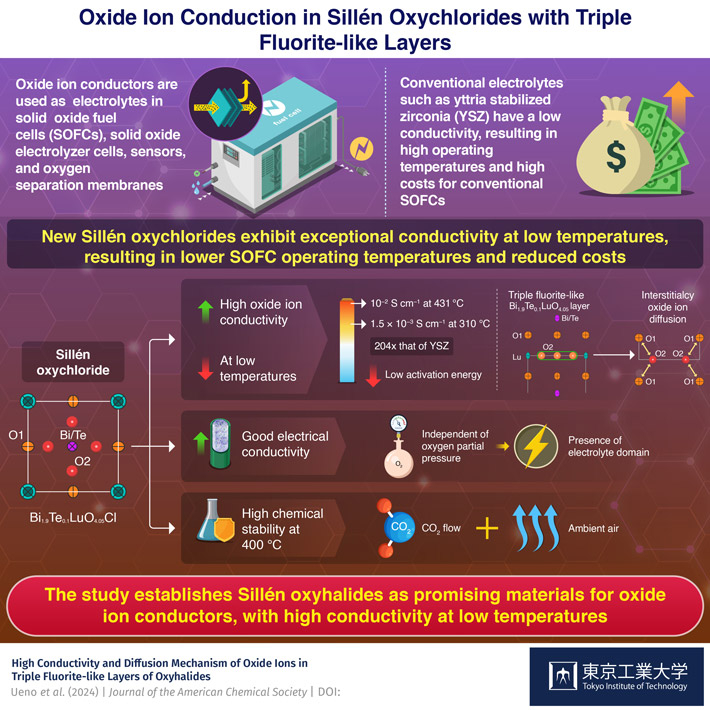The latest Reef Water Quality Report Card released late on Friday shows the Queensland and Australian governments are running out of time to improve pollution on our Great Barrier Reef, the Australian Marine Conservation Society (AMCS) says.
The report cards are used to track progress towards meeting 2025 water quality targets. The latest report card for 2020 is the first to reflect improvements made by the welcome introduction of the Reef Regulations on farms and grazing lands in reef catchments, helping to reduce the chemicals and sediment that flows into the Reef.
While there has been progress in many areas thanks to the efforts of farmers and graziers, the report card also shows just how much work is left to do to meet the targets.
The report card has given a C grade for overall inshore marine condition, indicating an improvement from the previous year’s D grade. This overall grade is made up of water quality, which scored an improved B grade, and coral and seagrass health scores which remained at D grade.
“With our Reef currently suffering through its fourth mass bleaching event since 2016, it is absolutely vital we do all we can to reduce water pollution to ease pressure on its important inshore ecosystems,” said AMCS Great Barrier Reef water quality manager Jaimi Webster.
“The governments’ joint media release states they are half way to meeting the nutrient and sediment targets by 2025. However, it has taken decades and hundreds of millions of dollars to get to half way and they don’t have long now to achieve more than they have in the last decade.
“A serious boost in investment is needed for them to meet the targets. Economists have estimated that more than $4billion investment in projects that drive pollutant reductions are required to meet the current targets.
“The Queensland Government must also ensure the Reef protection regulations are enforced if they have any chance in seeing long-term improvement to Reef water quality and must urgently allocate $42.5 million to compliance.
“The regulations will do a lot of the heavy lifting required to reach the water quality targets, however more improvements will be needed even at full compliance with the regulations.
“The Australian Government must ramp up investment. The recently announced $579.9 million for water quality is a start, but is spread thinly over nine years. More investment is needed sooner to support industries and communities to implement innovative initiatives and activities that will take them beyond the regulations; and to restore catchments through repairing vegetation along waterways and wetlands.”
Ms Webster said the lagging progress to targets combined with the latest bleaching event and slow progress on climate action could make it difficult for UNESCO not to recommend placing the Reef on the World Heritage In Danger list again this year.
“Water pollution is devastating for inshore areas of the reef including coastal ecosystems like seagrasses, mangroves and inshore corals,” added Ms Webster.
“Nitrogen from fertilisers are linked to harmful algal blooms, which is a food source for juvenile crown-of-thorns starfish. Algal blooms can also reduce the amount of light available required for seagrasses and coral to grow and be healthy.
“Improving the quality of water flowing into these ecosystems will be vital for our Reef’s resilience as it faces increased incidences of marine heatwaves under global warming.”
Key report findings
- The improved water quality grade is due to a combination of low rainfall and run off in 2020, and the impact of projects that were included in the report card.
- Progress to the DIN target has slowed, compared to the year prior. For example, the 2019 report card showed 4.3% progress to the DIN targets from the year prior, but the 2020 Report card shows only 2.2% progress.
- While some good progress has been made in the Wet Tropics to reduce DIN pollution, a real stand out in the latest report card is the Mackay-Whitsundays region that received an “E” grade for DIN – very poor progress, with only 0.5% progress since 2019.
- This report card shows social science data for the first time, and of the sugar cane farmers that were interviewed, 67% said they are motivated to change practices to fulfill regulatory obligations.






